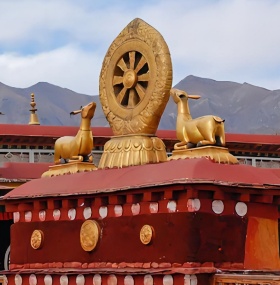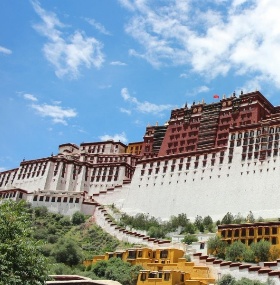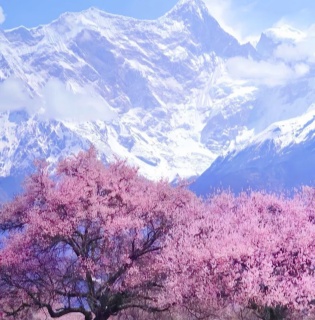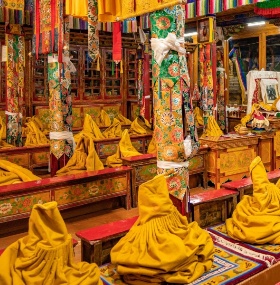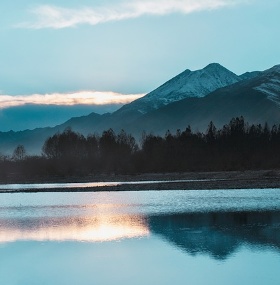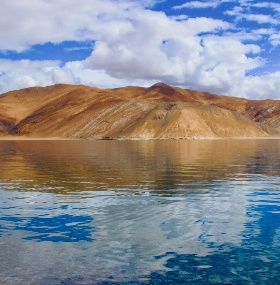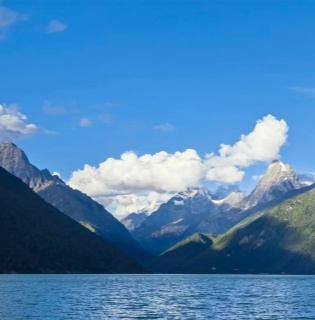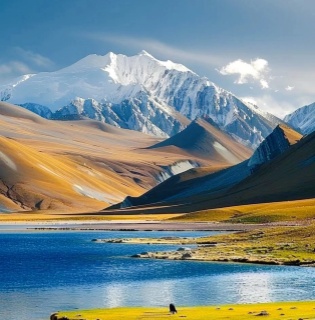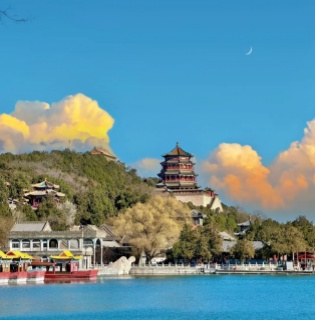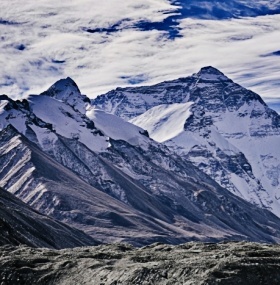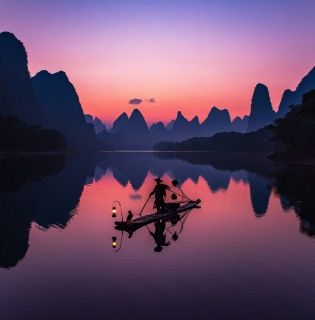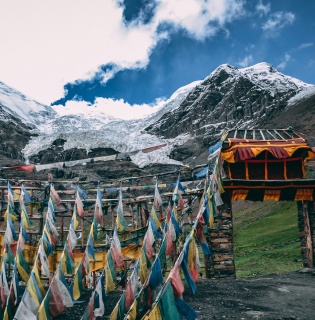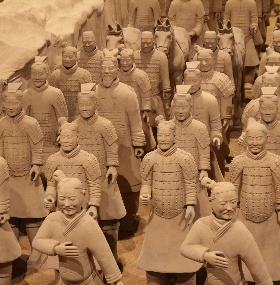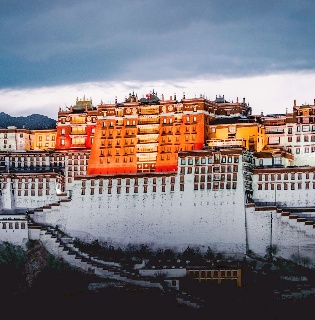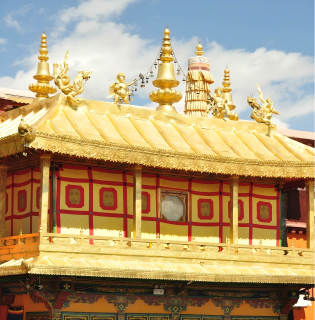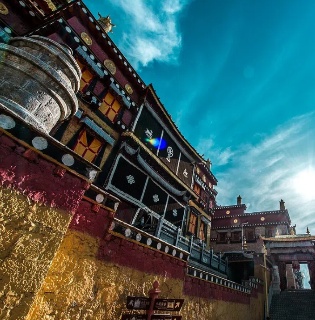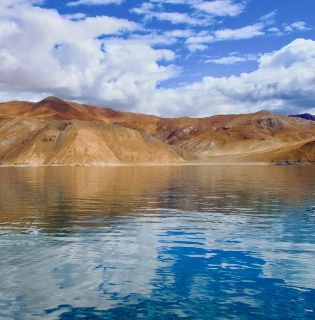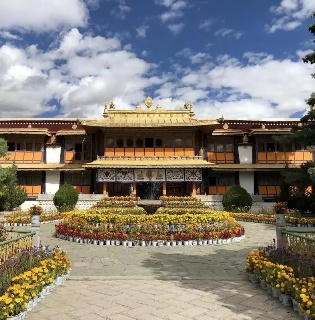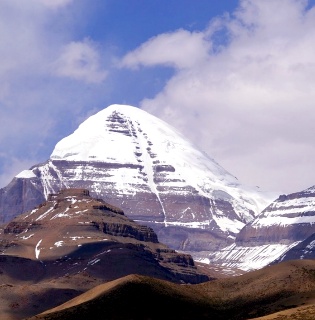There are several airports in Tibet, such as Lhasa Gonggar Airport and Chamdo Bangda Airport, connecting Tibet with major domestic cities and important international airports. Airlines such as Tibet Airlines provide a wealth of route services, ensuring convenient travel for passengers. The construction of the Larin Railway also marks the beginning of a new era of high-speed rail in Tibet. Air travel: Lhasa Gonggar International Airport, as the main airport in Tibet, also has other airports, such as Rikaze Peace Airport and Chamdo Bunda Airport, etc. The opening of these airports further improves Tibet's air transportation network. If you are traveling to Tibet from other countries or other distant provinces in China, it will be more comfortable and faster to take an airplane. Tibet 2h-3h flights to cities: Chongqing, Chengdu, Xi'an, Kunming Tibet 1-2h flight to cities: Linzhi, Rikaze High-speed rail travel: If you are traveling to Tibet from provinces or cities near Tibet, then high-speed rail will be a good way to travel, which is short, convenient and cost-effective. High-speed train 1-3h to reach cities: Under the existing conditions, if you consider traveling to the cities around Tibet by rail, you may need to choose the traditional general-speed train or make a transit. For example, from Lhasa, you can travel to Xining and Lanzhou by Qinghai-Tibet Railway.

Top Destinations
Tibet City Tour
1China Tours from Tibet
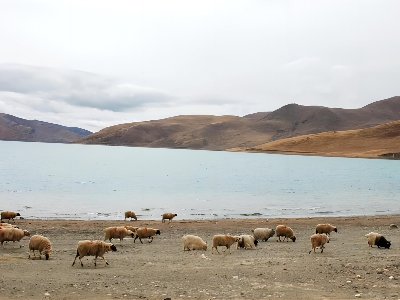
Yamdrok Yumtso
- Yangzuo Yongtso, Tibetan meaning "Jasper Lake", is the largest closed inland lake on the southern Tibetan Plateau. Lake elevation of up to 4441 meters, the lake area of 638 square kilometers, known for its blue water and the surrounding snow-capped mountains and ice peaks all year round, and Namtso, Marbunyongtso and known as the three sacred lakes in Tibet. The Yarlung Tsangpo Grand Canyon is the world's largest canyon with rich biodiversity and magnificent natural scenery, making it an ideal place for exploration and sightseeing.
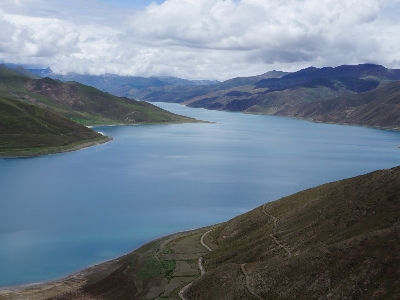
Yarlung Tsangpo River
- Yarlung Tsangpo River, originating from the Jema Yangzong Glacier on the northern slope of the Himalayas, with a total length of about 2,057 kilometers, is China's sixth-longest river, with the fifth-longest watershed area in the country. It runs from west to east across southern Tibet, with its riverbed height mostly above 3,000 meters above sea level, making it the world's highest river and China's longest plateau river. Its downstream forms the famous Yarlung Zangbo Grand Canyon, one of the deepest canyons in the world, with magnificent natural scenery.
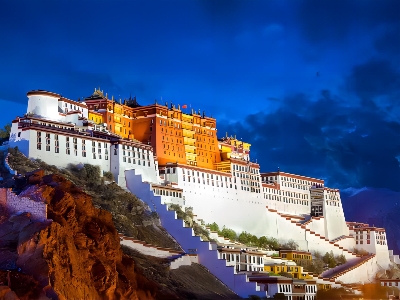
Potala Palace
- The Potala Palace, standing on the top of the Red Mountain in Lhasa, Tibet, is a sacred site of Tibetan Buddhism and a shining jewel in the world cultural heritage. This magnificent palace complex, integrating palaces, castles and monasteries, demonstrates the ancient wisdom and devotional beliefs of the Tibetan nation with its unique Tibetan architectural style and deep religious cultural heritage. It is also a mysterious temple that tourists aspire to in their hearts.
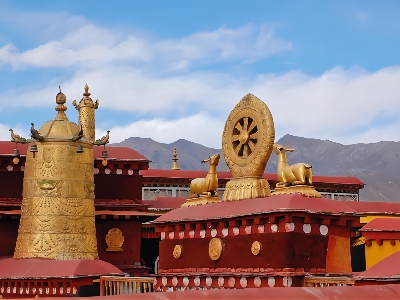
Da Zhao Temple
- Da Zhao Temple, the bright pearl of Lhasa, Tibet, a thousand-year-old temple, the holy land of Tibetan Buddhism. The golden roof shining, the hall lofty, enshrined in the twelve-year-old statue of Sakyamuni, believers worship, pray for blessings and wishes. Inside the temple, there are exquisite murals and a rich collection of scriptures that tell of ancient legends and beliefs.
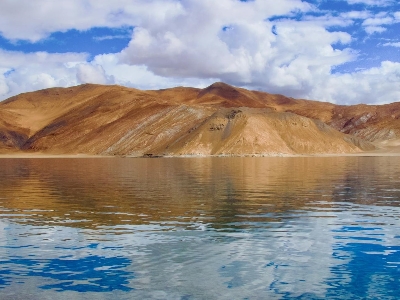
Namucuo
- Namucuo, located in central Tibet, is the world's highest saltwater lake, known as the "Lake of Heaven". The lake is 4718 meters above sea level, with a vast area, water and sky, and magnificent scenery. Surrounded by snow-capped mountains and vast grasslands, it is a perfect combination of nature and religion. As one of the three sacred lakes in Tibet, Namucuo is not only a treasure of natural landscape, but also a holy place in the hearts of believers.
-
Question 1
How to get to Tibet?
-
Question 2
What is the climate in Tibet?
The climate of Tibet is unique and complex, influenced significantly by the topography of the plateau and atmospheric circulation. The general trend is cold and dry in the northwest and warm and humid in the southeast, with significant vertical climate zones. Because of the high altitude, the air is thin, the air pressure is low, and the oxygen content is low, so the temperature is generally low, and the temperature difference between day and night is large. The rainy season in Tibet begins in April and May, and gradually expands westward from Tsatsumi and Mutuo in southeastern Tibet, until the whole of Tibet enters the rainy season in July. During the rainy season, the night rain rate is generally high in all parts of Tibet, especially in the Yarlung Tsangpo River valley. The night rain rate in Lhasa is as high as 85%.
-
Question 3
What's the best time to visit Tibet?
The best time periods to visit Tibet are spring (March to May) and fall (September to November). Spring, especially from March to May, is another peak period for Tibet tourism. During this period, Tibet has a pleasant climate and high oxygen concentration, which is perfect for enjoying the scenery of Lhasa city and the surrounding natural landscapes. In addition, the peach blossoms in the Linzhi area bloom in spring, adding endless charm to the season. Spring is also a good time to experience religious activities such as the Tibetan Pilgrimage Festival. During this season, Tibet's pleasant climate and high skies make it an excellent time to enjoy the autumn colors of the plateau. Religious festivals in the fall are also a major attraction, such as the Ghee Flower and Lantern Festival in Lhasa, which adds more cultural experiences to the season2.Religious festivals in the fall are also a major attraction, such as the Ghee Flower and Lantern Festival in Lhasa, which adds more cultural experiences to the season.
-
Question 4
What kind of culture can you experience in Tibet?
Natural scenery: Tibet is located in the main part of the Qinghai-Tibet Plateau, with an average altitude of 4,000 meters above sea level, with vast grasslands, lofty snow mountains and crystal clear lakes, etc. Tibetan Buddhism: Potala Palace, Dazhao Monastery, Zashilunpo Monastery and other temples are not only holy places of religion, but also treasures of Tibetan Buddhist art. Tibetan traditional art: Tibet's traditional art forms are rich and varied, including thangkas, murals, Buddha statues and rubbings. Tibetan specialties: ghee tea, barley wine, Tibetan noodles, etc. Tibetan handicrafts: Tibetan carpets, Tibetan knives, Nimu Tibetan incense, etc.
Why Choose Intoexplore




China Travel Customer Reviews & Experiences
At Into Explore, we pride ourselves on creating unforgettable journeys across China. Don't just take our word for it—read what our customers have to say! Here, you can explore firsthand accounts from travelers who have experienced the beauty, culture, and adventures of China with us.

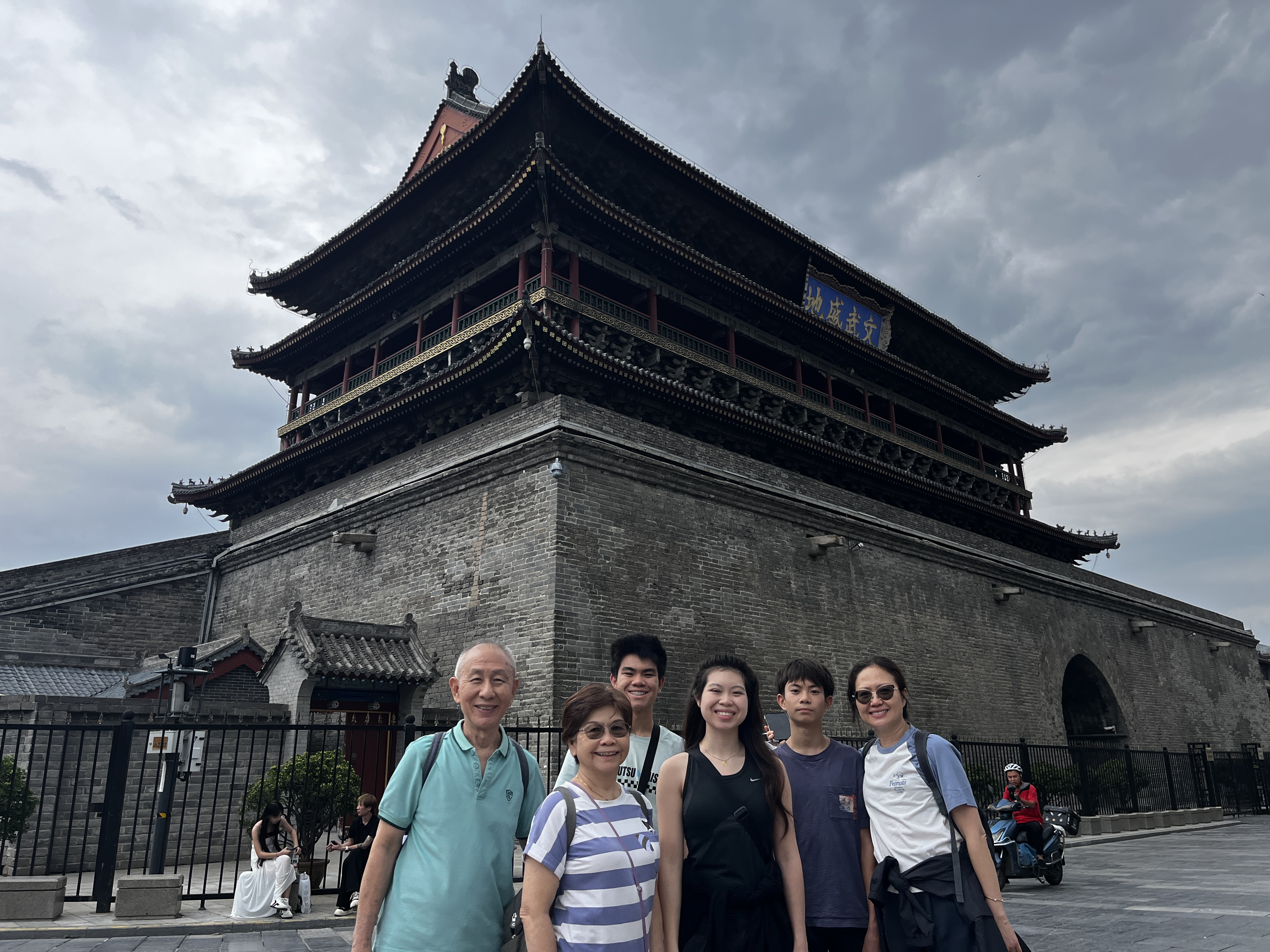
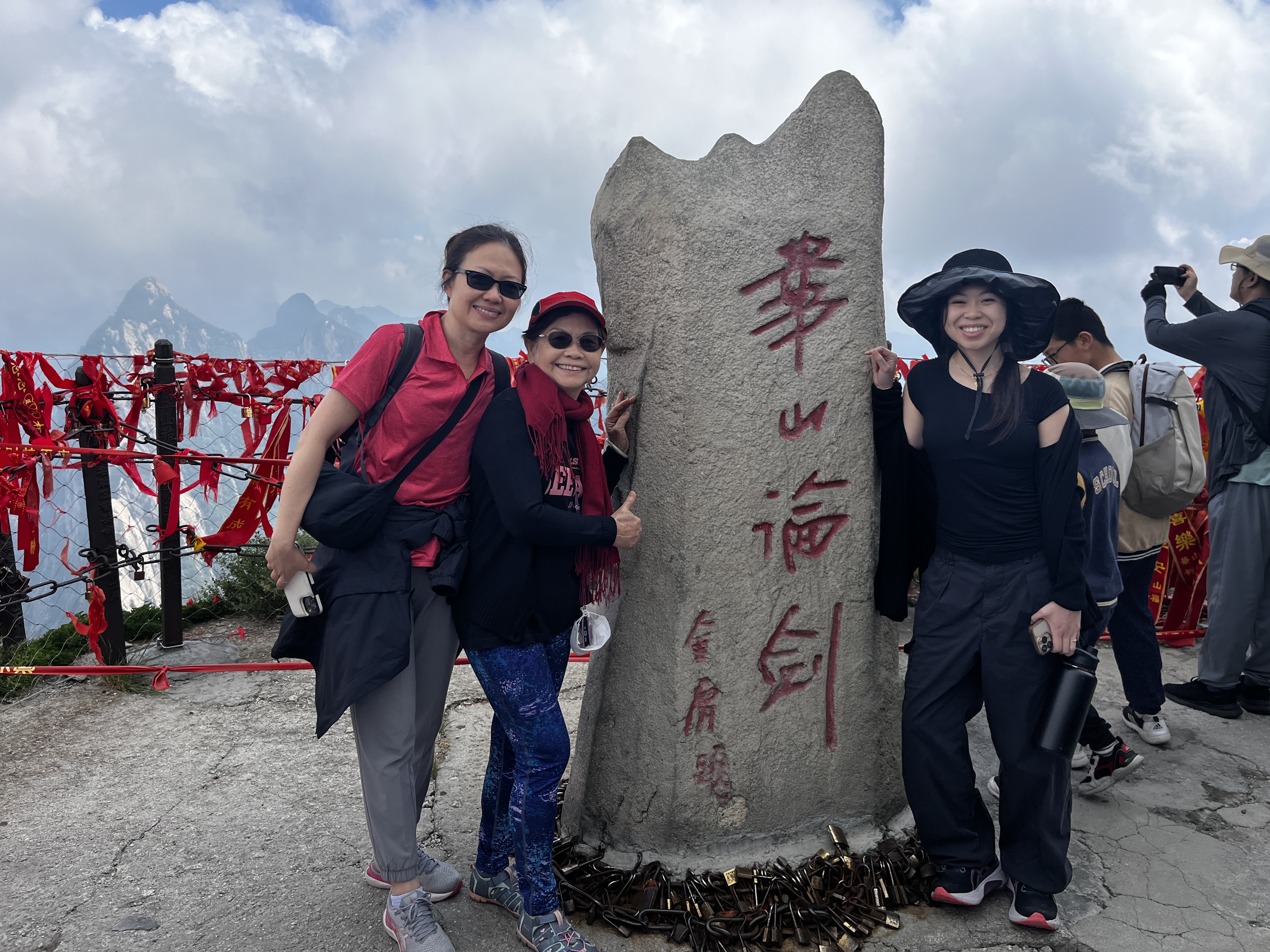
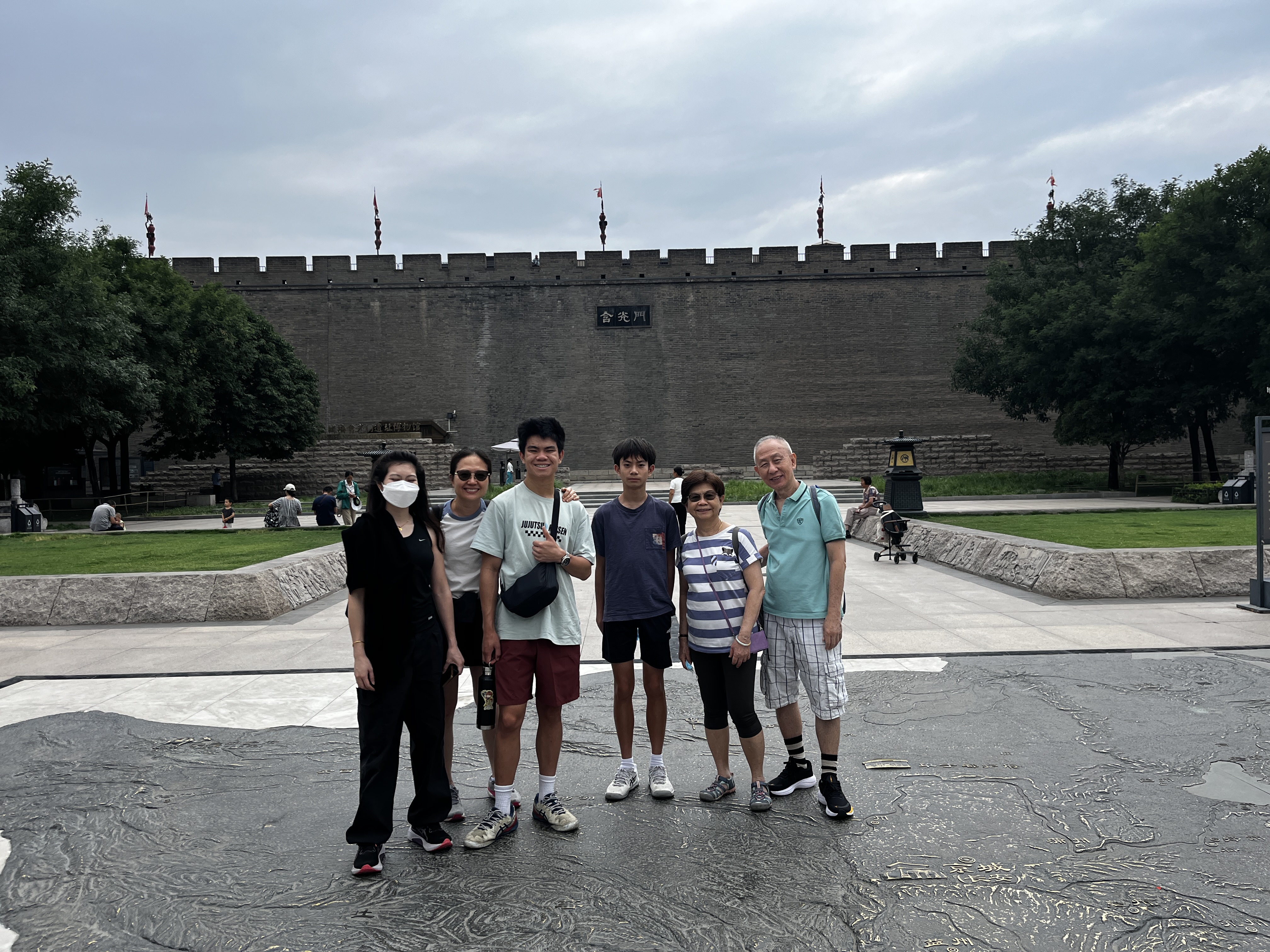
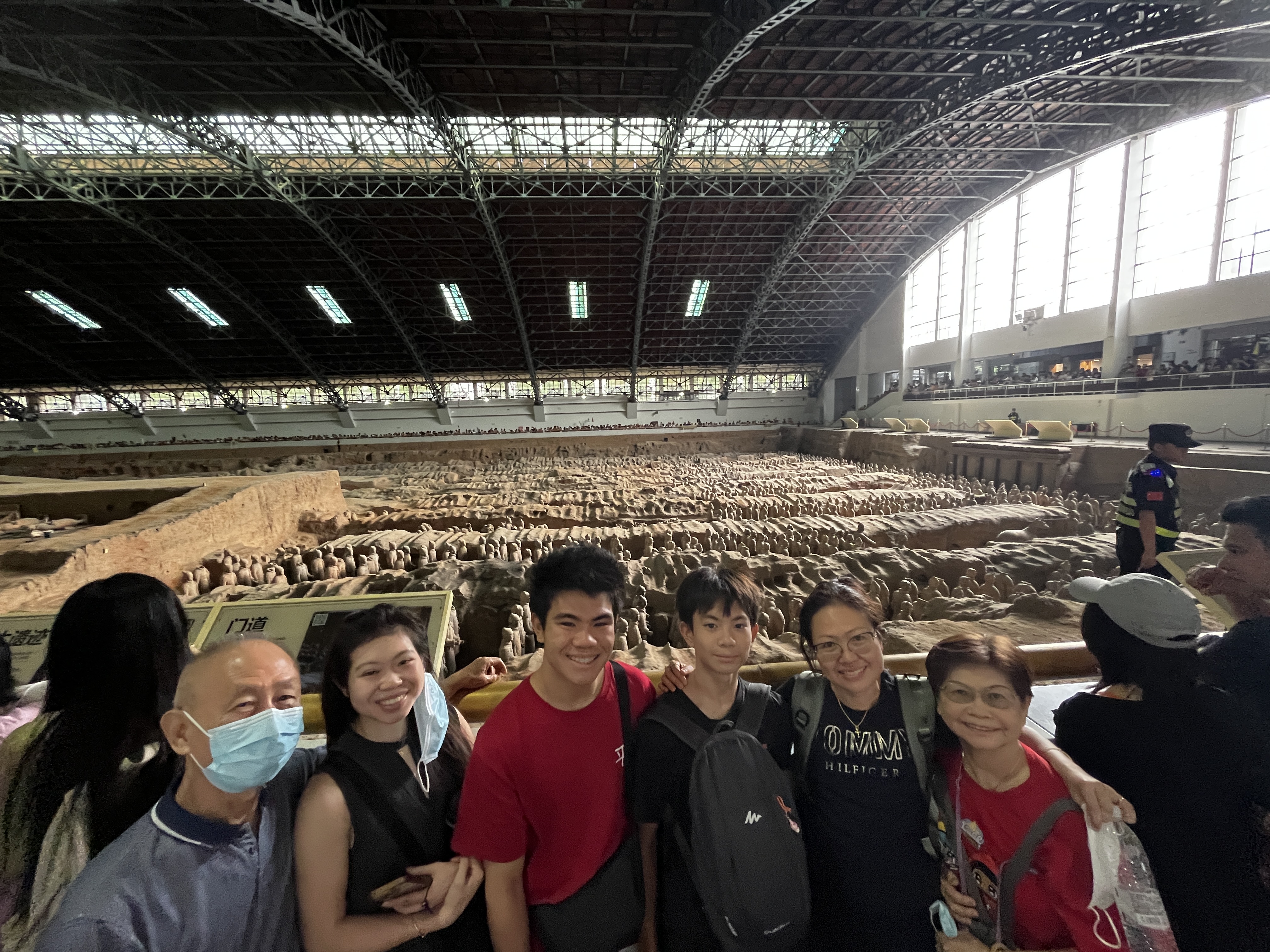
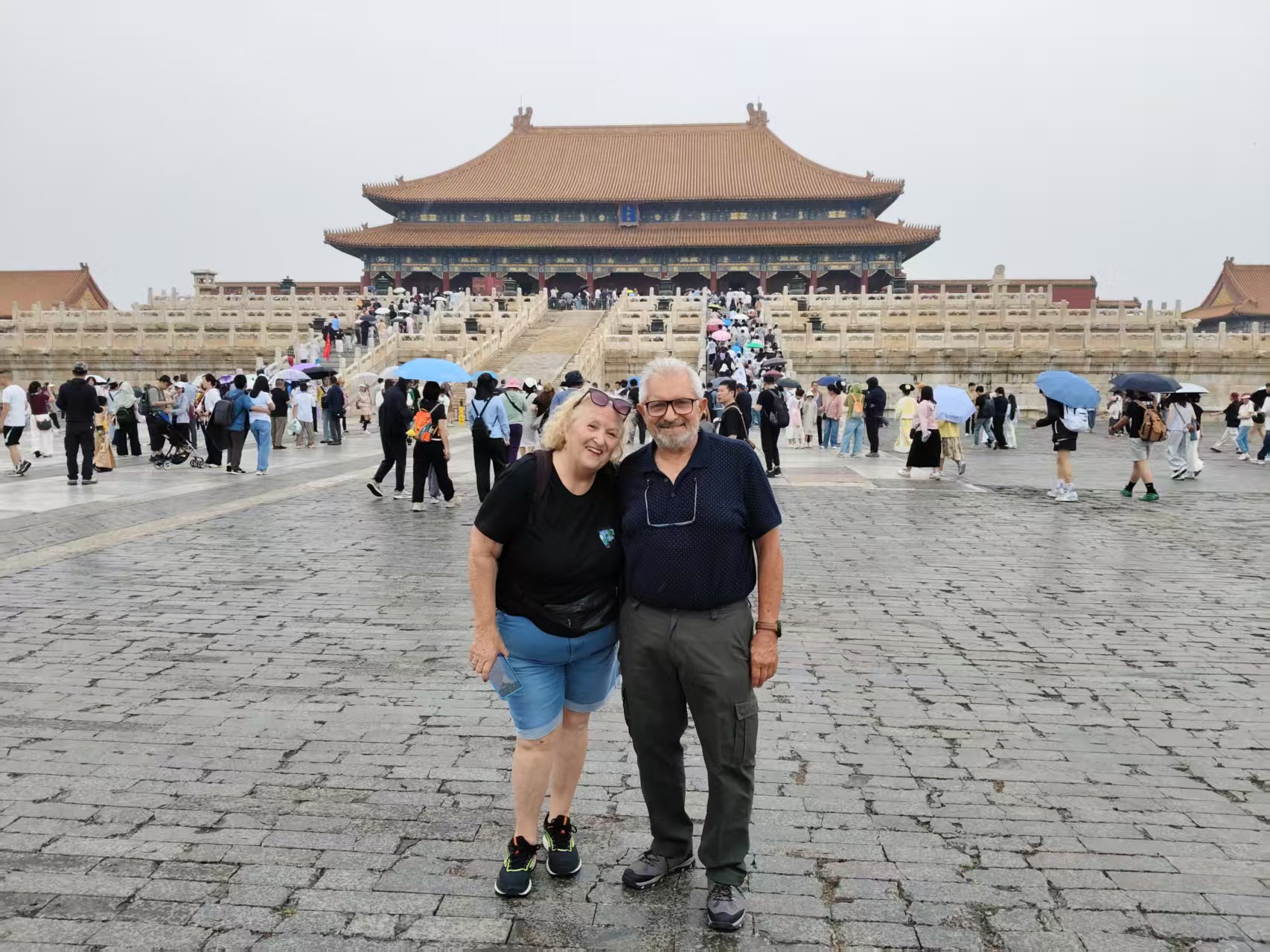






CONTACT US
We’re here to help you plan your unforgettable journey through China!

Whatsapp/Tel:+86 17790278341

